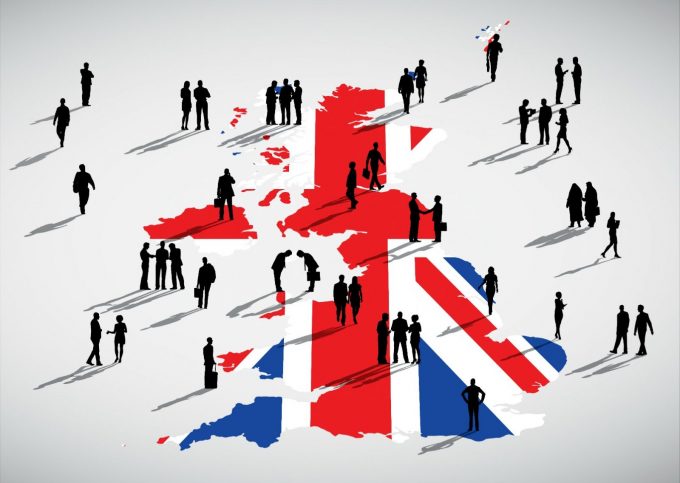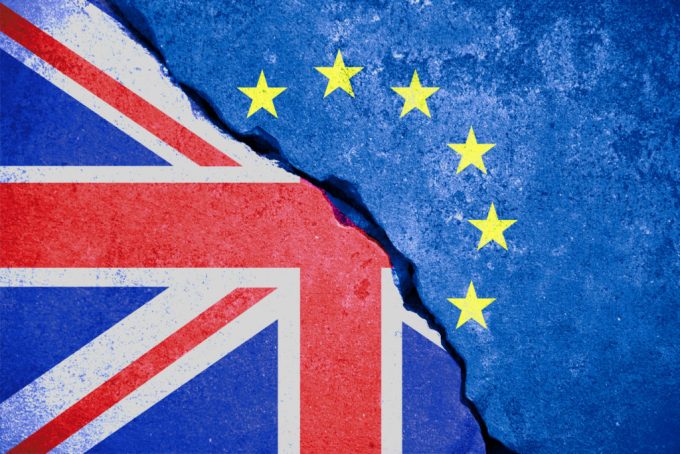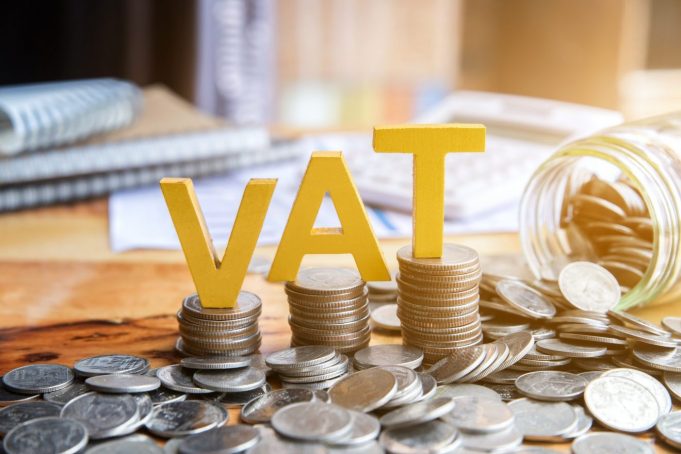It is important that you know the VAT rules for online businesses if you have any customers in the UK. If you do not understand the VAT rules, you could face an unexpected VAT bill in the future.
The VAT Rules For Online Businesses

If you trade to customers in the UK, you need to know the basics of the VAT rules that govern this to keep up to speed visit VATglobal. Before you can look at the rules in detail, you will need to establish the supply location of your goods for VAT purposes. This is important because it determined which country you have to pay VAT in when you sell anything online.
If you sell to UK customers via an online marketplace, there are 3 categories that you can fall into. These categories will cover all the businesses that trade goods to consumers in the UK and are:
- UK businesses that sell goods where the UK is the location of the goods at the point of sale
- EU businesses that sell goods to consumers in the UK
- Non-EU businesses that sell goods to consumers in the UK
UK Businesses That Sell Good Within The UK At The Point Of Sale

This is the most straightforward VAT category. Businesses in this category will have goods that never leave the UK and are sold to consumers in the UK. These businesses will have to apply for VAT once the registration limit has been exceeded. After this, VAT will need to be charged on all further sales to UK customers.
If you are registered for VAT and sell to customers in the EU, the tax treatment will depend on whether or not your customers are VAT registered in the EU. For non-VAT registered EU customers, UK VAT will need to be charged in the usual way. However, it is important to note that there are distance trading rules that you should be aware of. If your sales in the EU exceeds the distance selling threshold you have to register for EU VAT in the EU country and charge their VAT rate on any sales.
The distance selling thresholds that you face will generally be lower than the UK VAT registration threshold. This is why you need to keep detailed records of all your EU sales to ensure you have registered at the right time.
If you are selling to VAT-registered EU customers, you could charge a zero rate on the goods. However, when you do this, you will have to include both your VAT number and that of the customer on the invoice. These sales also need to be included in your EC sales list.
If your goods are being sold to non-EU customers and they physically leave the UK, you can potentially use the zero rate. However, you will have to retain evidence that the goods are leaving the country. The evidence you can use will vary depending on the assets and the mode of exportation.
EU Businesses Selling To UK Customers

With these businesses, where VAT registration takes place will be determined by whether or not your customers are registered for UK VAT.
If you are selling to non-VAT registered UK customers and the goods are already in the UK at the point of sale, you will have to register for VAT. There is no threshold that you need to first meet in these situations. However, this will only be the case when your business has no fixed establishment in the UK.
If the goods you sell are located in another EU country at the point of sale, they will be classed as UK distance sales. The threshold for UK distance selling is currently £70,000. Once this has been exceeded, your business will have to register for UK VAT and charge the UK VAT rate for all further sales.
If you are selling to VAT-registered customers, the location of the goods will impact what you need to do. If your business does not have a fixed establishment in the UK, you will have to register for VAT if the goods are located in the UK at the point of sale. There is no threshold that needs to be met first.
If they are in another EU country, you will need to charge EU VAT. This can be changed to a zero rate if your customer can provide you with a valid UK VAT number. This number will have to be included on any invoices to the customer.
Non-EU Businesses Selling To UK Customers

If your goods are in the UK at the point of sale, but you have no fixed establishment, you will have to register for UK VAT. As with the EU companies, there is no threshold that needs to be met first.
If your goods are outside of the EU at the point of sale and you are responsible for the importing of the goods into the UK, you have to register for UK VAT. There is no threshold for this and it will be applicable if you have no fixed business establishment in the UK. This does change if your customer is responsible for importing them to the UK.
In these cases, the supply of the goods takes place outside of the UK. As such, there are no potential UK VAT obligations for your business. However, you may need to prove that you are not importing them.
Other Points For Online Businesses Selling In The UK

When selling online, it is important to know what is classed as a turnover for VAT. You also need to know when distance selling rules will be applied. There are a number of guides you can use to help you better understand this.
It is also important to note that online market places can be held jointly liable by HM Revenue for the VAT liability of their sellers. This means they are likely to ask you for data if they believe your business should be VAT registered. They can also stop you from selling on their platform if you do not provide a VAT registration number if they feel it is necessary to have one.









